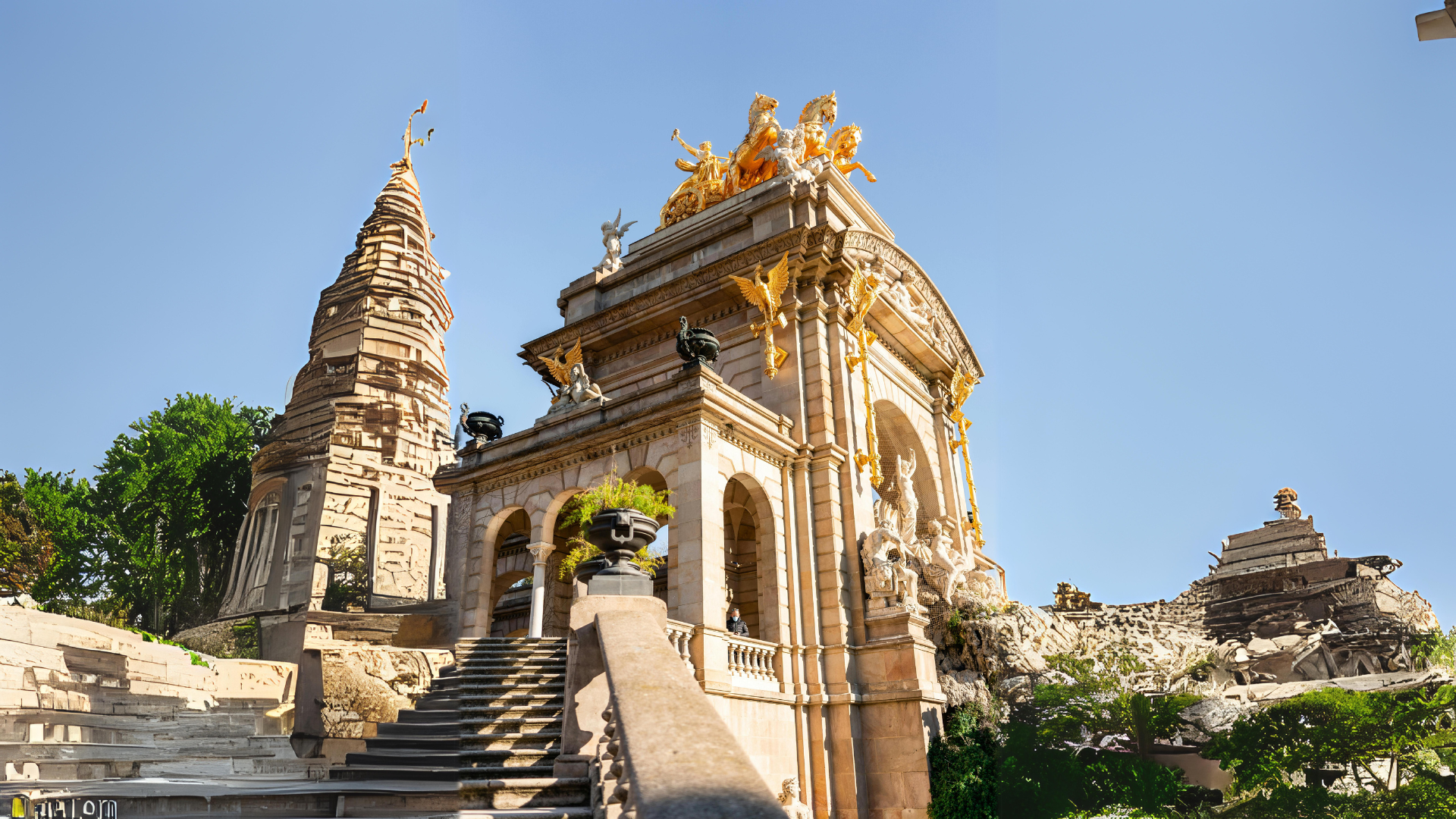 Spiritual Journeys
Spiritual Journeys
Pilgrimages were a fundamental aspect of medieval European religious life. Devout Christians traveled to holy sites such as Jerusalem, Rome, and Santiago de Compostela to seek spiritual fulfillment, penance, and divine favor. These journeys, often arduous and dangerous, were seen as acts of devotion and a means to earn indulgences or forgiveness for sins.
Pilgrim Routes and Infrastructure
To accommodate the increasing number of pilgrims, a network of routes and infrastructure developed across Europe. Hostels, monasteries, and churches along these routes provided food, shelter, and spiritual guidance. The Camino de Santiago, one of the most famous pilgrimage routes, became a well-traveled path that contributed to the cultural and economic vitality of the regions it crossed.
Cultural and Economic Impact
Pilgrimages had significant cultural and economic impacts on medieval society. They facilitated the exchange of ideas, art, and culture between different regions. Pilgrim traffic supported local economies, boosting trade and commerce in towns along the pilgrimage routes. The relics and shrines at pilgrimage sites also attracted wealth and patronage, enhancing their religious and cultural importance.
Conclusion
Medieval pilgrimages were more than religious journeys; they were pivotal in shaping the cultural and economic landscape of Europe. Their influence extended beyond spiritual realms, affecting the social, cultural, and economic dynamics of medieval society.
 Spiritual Motivation and Devotion
Spiritual Motivation and Devotion